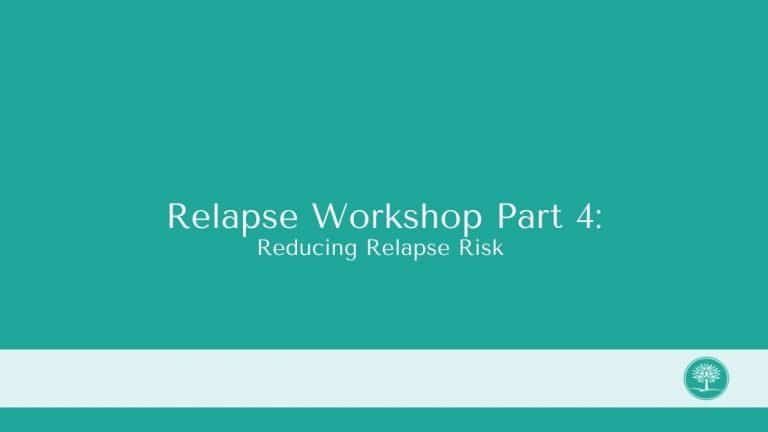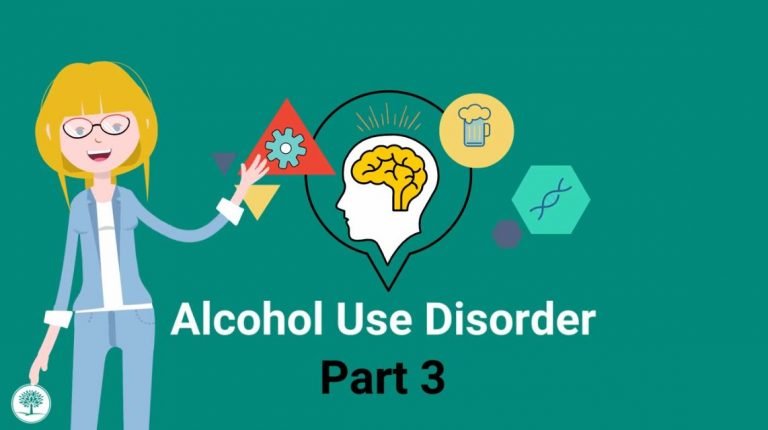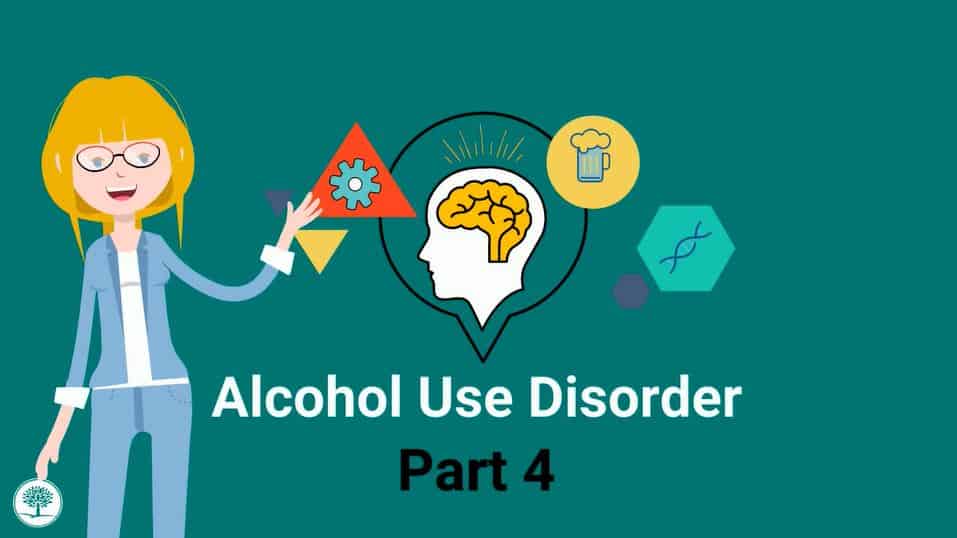Alcohol use disorder (AUD) is a diagnosable medical condition with a set of eleven criteria used in the process. AUD can be diagnosed as mild to severe.
Estimated watch time: 6 mins 15 secs
Summary:
Alcohol use disorder (AUD) affects an estimated one in 10 people who drink. As with other medical conditions, AUD has a set of criteria and symptoms that can be used to make a diagnosis. This video discusses the 11 criteria for alcohol use disorder. Diagnoses can be characterized from mild to severe, depending on how many of those criteria someone displays.
Other Addiction & Mental Health Resources
The Recovery Village has several, free resources for those living with addiction or mental health conditions and their loved ones. From videos, to clinically-hosted webinars and recovery meetings, to helpful, medically-reviewed articles, there is something for everyone. If you need more direct help, please reach out to one of our representatives.









